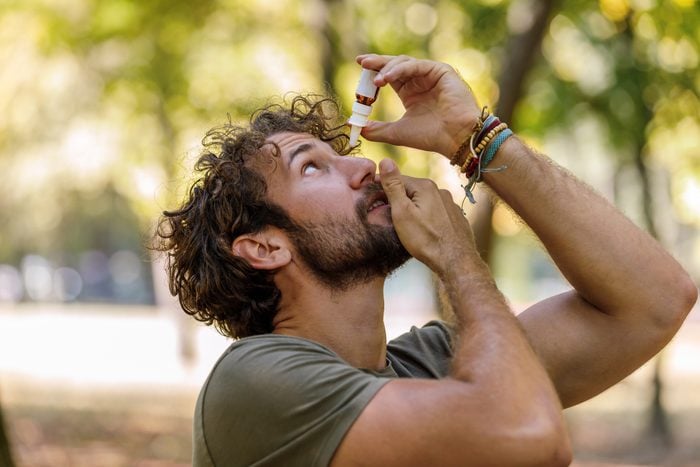
About one in four Americans experience allergies at some point during the year, according to the US Centers for Disease Control and Prevention (CDC). The most common culprits are airborne allergens such as tree and grass pollen, dust mites in the home, pet fur, mold, and even cockroaches—and exposure can trigger symptoms that range from pretty uncomfortable to downright disruptive.
Today’s allergy medications go a long way in helping people manage their allergies, especially because “over the last several years, a lot of our best allergy medications have become available over the counter [in the US],” says Jennifer Monroy, MD, a Washington University board-certified allergist and immunologist at Barnes-Jewish Hospital in St. Louis, MO.
20 Bizarre Little Things You Didn’t Know You Could Be Allergic To
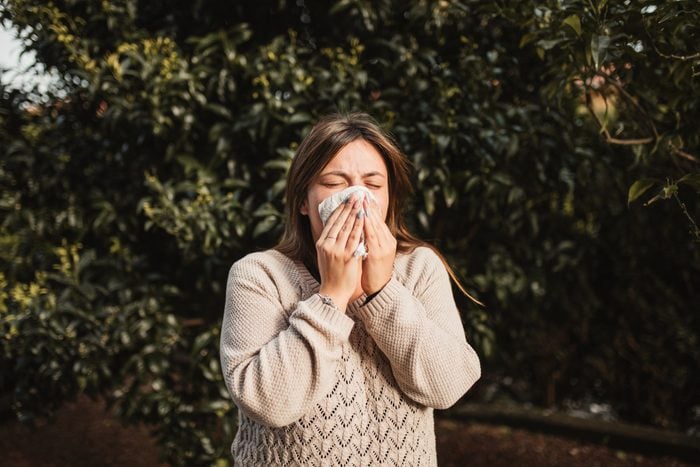
The best allergy medications
There are many different anti-histamine preparations. What will work best for you often comes down to personal preference, how you respond to a formulation, and which allergy symptoms you’re trying to manage. “In some individuals, one anti-histamine formulation may bind a bit better [to block an allergen] than others, so people will have better relief,” Dr. Monroy says. And once you find what works for you, stick with it. Dr. Monroy says there’s a misconception that people should change preparations so their body doesn’t build up a tolerance to the anti-histamine. “But the medication doesn’t lose efficacy over time, it’s just binding to an allergen. The body doesn’t create ways to evade that function.”
If you feel like your go-to allergy medication isn’t doing its job a given day, Dr. Monroy says the solution is usually to take another dose. This is because if you’re heavily exposed to a allergen—say, a ton of pollen, “there’s that much more histamine [in your body], so you need to saturate those receptors that much more to get relief.” It’s also common that people may need a combination of medications—such as an oral anti-histamine and a nasal steroid spray—to get the best symptom relief.
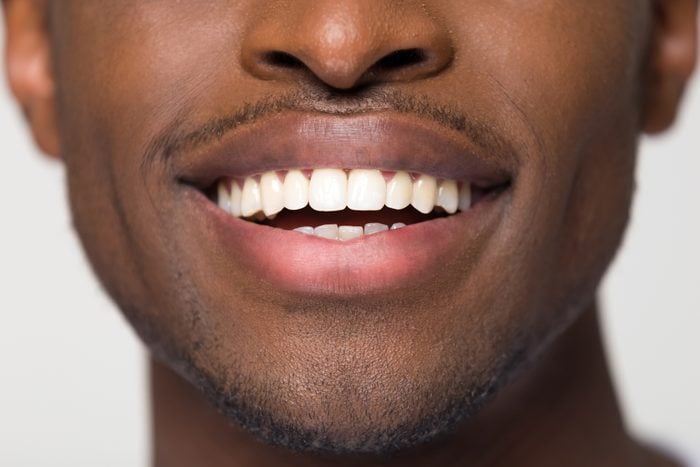
Oral anti-histamines
“Today’s formulations are fantastic,” Dr. Monroy says. “They’re what we call second-generation anti-histamines,” which means they are more effective, have a stronger safety profile, and have fewer side effects than older anti-histamines like Benadryl. They’re also all 24-hour drugs, compared to Benadryl’s four- to six-hour efficacy.
Zyrtec (Cetirizine)
The main upside to cetirizine is it’s super fast-acting, Dr. Monroy says. “It often starts working within about 15 minutes.” (It’s also generally the cheapest option available, she adds.) The downside: Cetirizine is the oral anti-histamine that’s most likely to cause drowsiness.
Xyzal (Levocetirizine)
Levocetirizine is a modified version of cetirizine—so it works in a similar way but is more potent, says Stephan Canfield, MD, a board-certified allergist/immunologist and assistant professor of medicine at Columbia University Irving Medical Center. It’s also less likely to cause drowsiness (though it still may in some people), but it can take longer than cetirizine for you to start feeling its effects.
Allegra (Fexofenadine)
Another very effective anti-histamine, fexofenadine can be a great option for people who find Zyrtec or Xyzal makes them feel sleepy. It’s considered one of the least-sedating anti-histamines—and it also starts working within an hour (though Dr. Monroy says patients often start feeling better in about 30 minutes).
Claratin (Loratadine)
Loratadine is also unlikely to cause any drowsiness. But it actually needs to be metabolized in the body, Dr. Monroy says, which means it can take up to three hours to start working. In practice, both Dr. Monroy and Dr. Canfield say that loratadine has mixed results in terms of effectiveness, so if it’s not working for you, try one of the other formulations.
There’s also a stronger, more potent version of the drug called desloratadine (Clarinex), but it is currently only available by prescription.
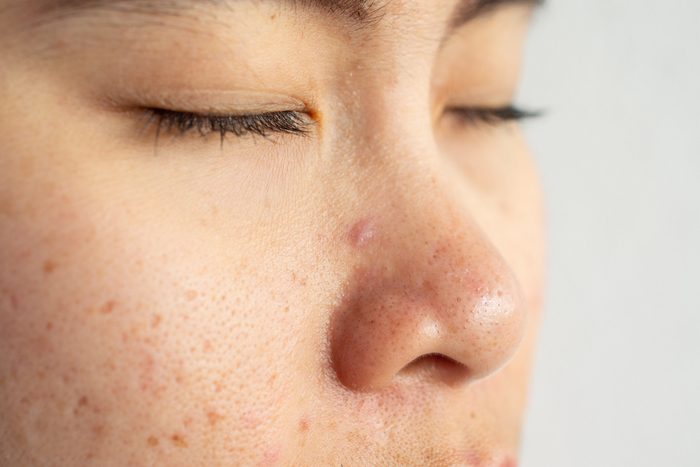
Nasal corticosteroids
“The one thing the oral tablets don’t have a terrific effect on is congestion,” Dr. Canfield says. That’s where using a nasal steroid (on its own or in conjunction with an oral medication) can be most effective.
Use of these products has been a concern in the past, as steroids can thin the lining of the nose, leading to nose bleeds and irritation. “The newer sprays tend to be very safe in that respect,” Dr. Canfield says, because they’re more of a mist instead of a gel or a stream.
Still, “It’s important that people use the medication correctly,” Dr. Monroy says. “You actually have to aim [the mist] outwards toward the top of the ear—if you spray upwards or downwards, you hit the nasal septum, and that’s where you can get irritation.”
Another tip? Use a nasal rinse (like a saline solution or Neti pot with purified water) to wash out any pollen, dander, and mucus before using the medication. “It’s kind of a fresh start, so the drug can penetrate effectively,” Dr. Monroy says. Just don’t overdo it on nasal rinses—once or twice a day is enough, as more frequently can cause irritation.
Flonase (Fluticasone Propionate)
Flonase is a very effective nasal steroid—and it’s approved to treat eye allergy symptoms, too. “It can have a floral scent and contains a little bit of alcohol,” Dr. Monroy says. “Sometimes people don’t like the scent or say it can burn a little bit.”
Flonase Sensimist (Fluticasone Fluorate)
If you find the fluticasone propionate too irritating (or don’t like the scent), its cousin, fluticasone fluorate is a gentler formulation that comes as a mist as opposed to a liquid, Dr. Monroy says. This version is also approved for children as young as two years old—Flonase is approved for kids four and up.
Nasonex (Mometasone Furoate Monohydrate)
Just last year, Nasonex was approved to buy over-the-counter. It works similarly to Flonase but without the scent and potential for dryness. It does not treat eye symptoms, however.
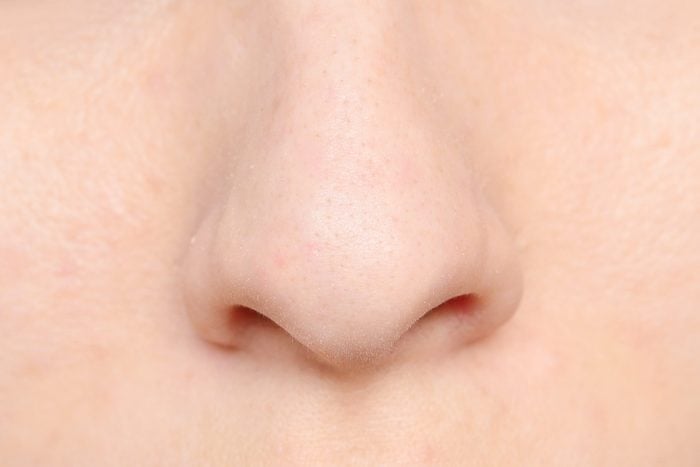
Nasal anti-histamines
“These have just become available in the last year,” Dr. Monroy says. “It’s a topical application, so especially if people have really strong nasal symptoms, nasal preparations are fantastic to use.”
Astepro (Azelastine)
Since you’re applying the anti-histamine directly, azelastine can work very quickly to ease nasal symptoms. But because there’s no steroid, it doesn’t treat congestion. It also doesn’t target eye symptoms, either. “Some people get a bitter aftertaste when using it,” Dr. Monroy says. “I encourage people to lean forward as they spray, so it’s not draining down your throat.”
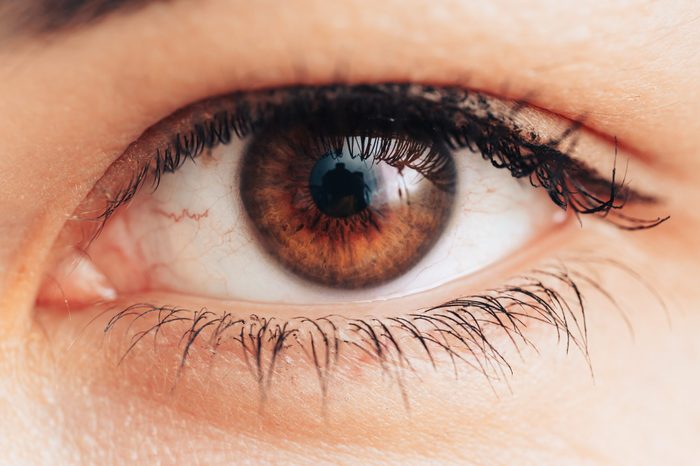
Anti-histamine eye drops
“Oral anti-histamines can manage eye itching to some extent,” Dr. Canfield says. “But for folks who have really profound eye symptoms with a lot of itching, often the tablets aren’t enough.” And like with nasal sprays, Dr. Monroy says that it can be effective to flush your eyes out with plain eye drops to rinse out any pollen or other allergens before applying the anti-histamine eye drops.
Pataday (Olopatadine)
“The eyedrops basically place an additional anti-histamine right in the tear film on the surface of the eye,” Dr. Canfield says—and this direct application offers relief in about 30 minutes. Pataday also comes in different strengths: 0.2% and 0.7%.
Stay sniffle-free all season long with The Healthy @Reader’s Digest newsletter and follow The Healthy on Facebook, Instagram, and Twitter. Keep reading:
